
Data Record and Photography
A specimen is scientifically useful if it is accompanied by collection notes regarding where, when and under what ciscumstances a plant was collected.
Phytophilia = Love of Plants. BRIT’s mission is to conserve our natural heritage by deepening our knowledge of the plant world and achieving public understanding of the value plants bring to life.

A specimen is scientifically useful if it is accompanied by collection notes regarding where, when and under what ciscumstances a plant was collected.

Plant collections ought to be made in such a manner as to increase their longevity as preserved herbarium specimens, as well as optimize their usefulness for future research.Plant collections ought to be made in such a manner as to increase their longevity as preserved herbarium specimens, as well as optimize their usefulness for future research.
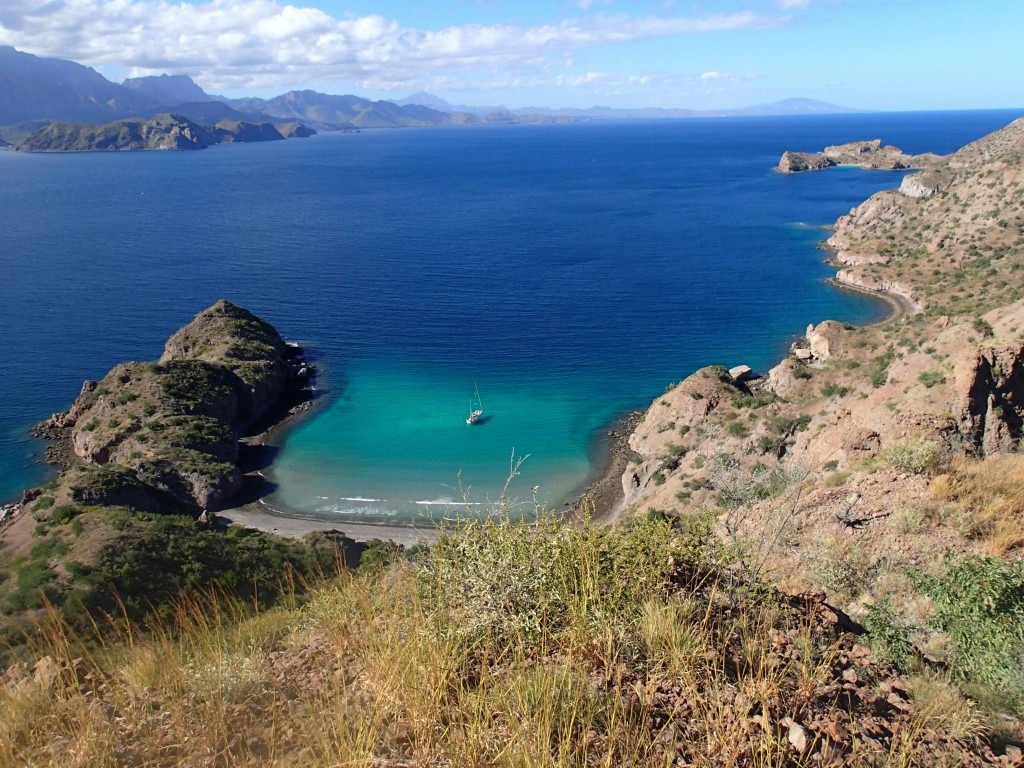
This “Notes from the Field” post is from BRIT Biodiversity Explorer Dr. Sula Vanderplank, a Biodiversity Explorer for BRIT. She is a field botanist who
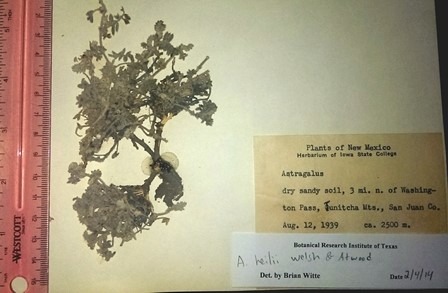
Article originally published in The Leaflet (March 2014) by Brian Witte, PhD, BRIT Research Associate Identifying a nameless specimen brings tremendous satisfaction. Naming seems simple. It’s just two
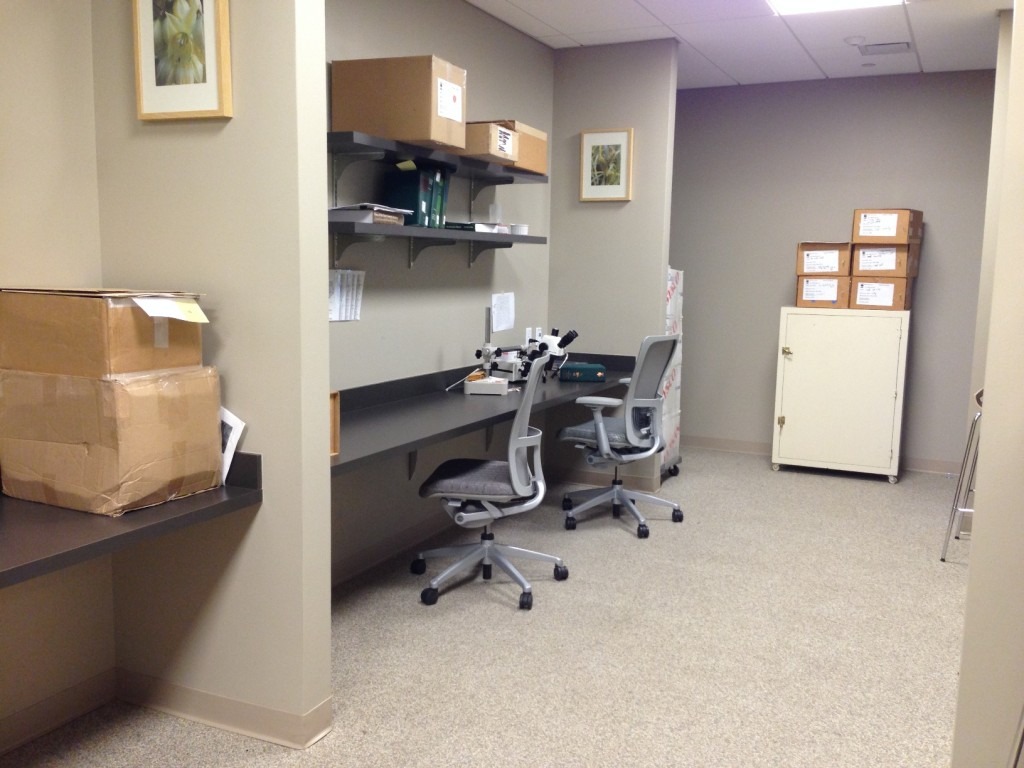
Article originally published in the The Leaflet (November 2013) by Brian Witte, PhD, BRIT Research Associate A herbarium can be as much a cabinet of mysteries as
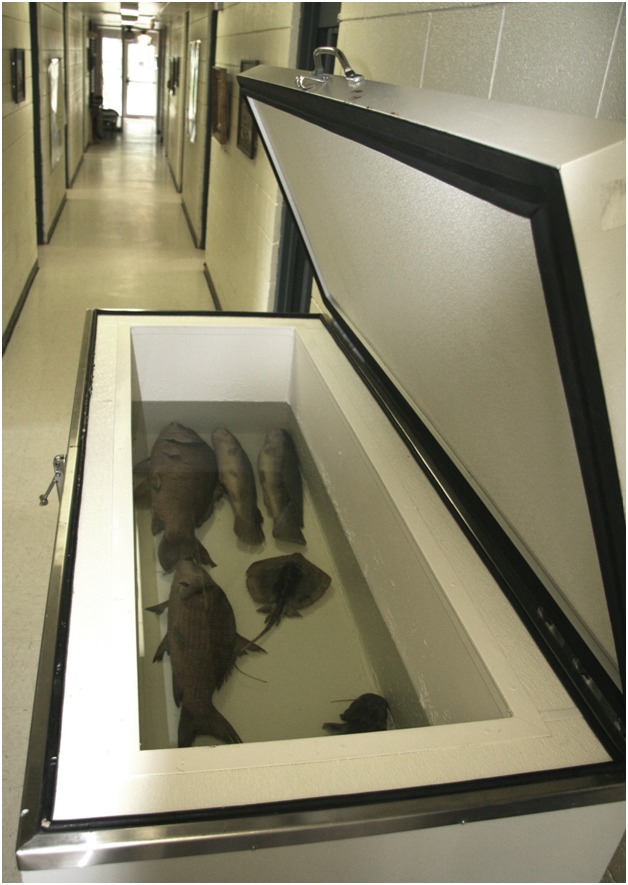
By Research Associate Will Godwin, PhD Adaptive reuse or re-purposing has become a popular method to achieve green or sustainable design. It even extends into
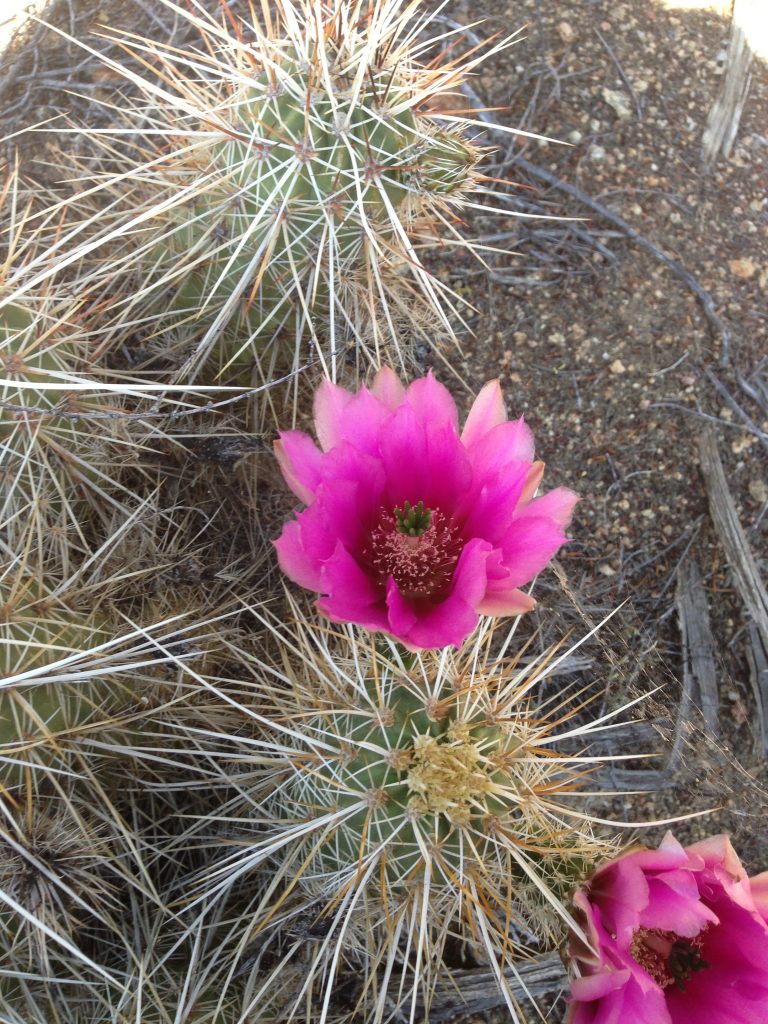
This “Notes from the Field” post is from BRIT Biodiversity Explorer Dr. Sula Vanderplank, a Biodiversity Explorer for BRIT. She is a field botanist who
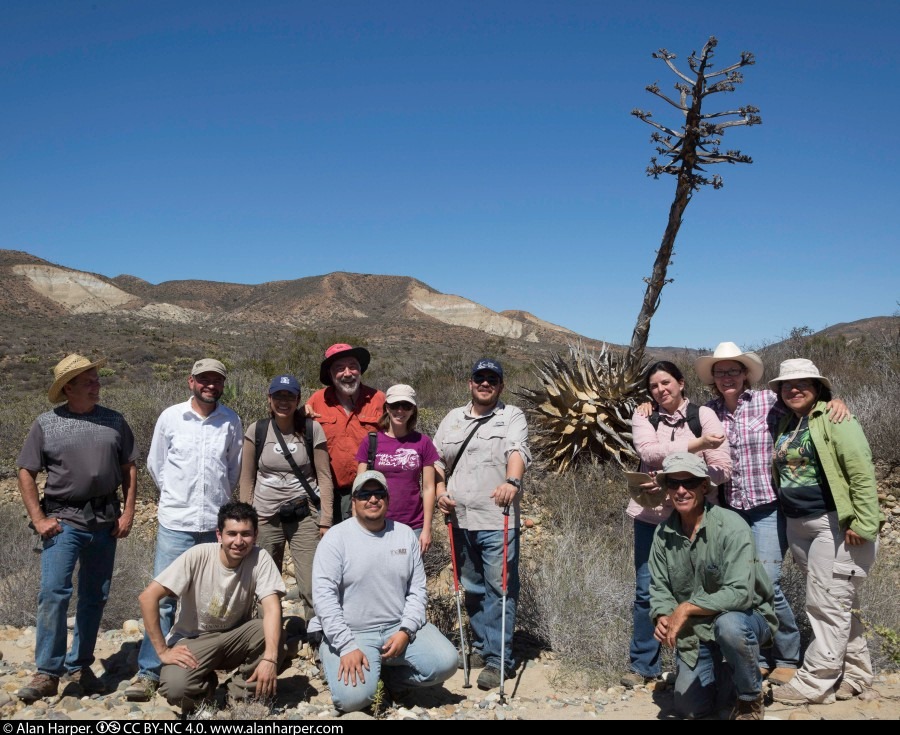
This “Notes from the Field” post is from BRIT Biodiversity Explorer Dr. Sula Vanderplank, a Biodiversity Explorer for BRIT. She is a field botanist who
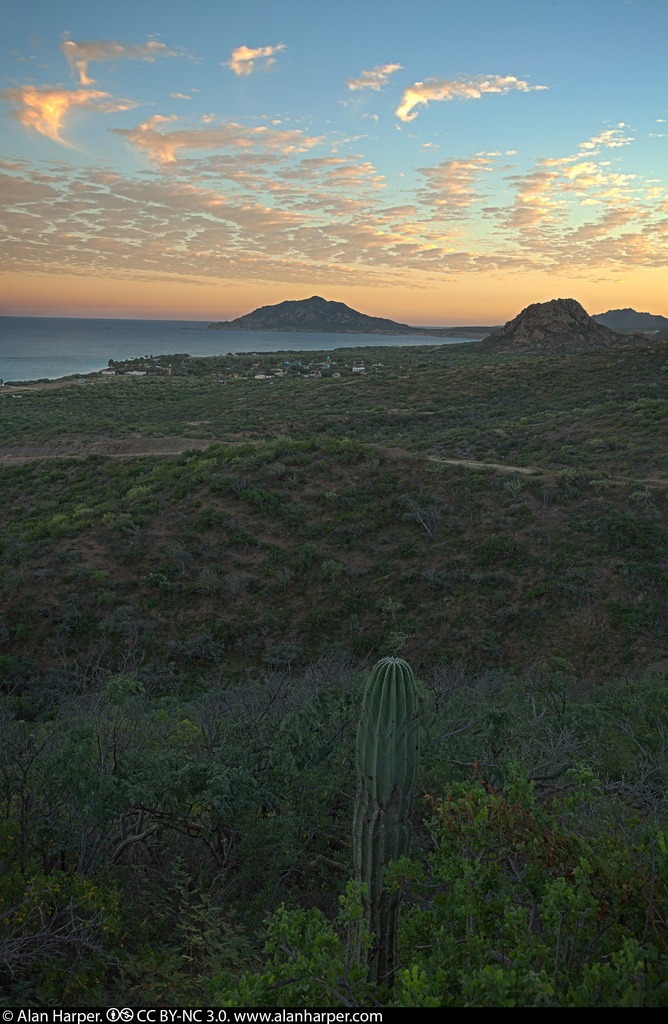
Part III — “Cabo Pulmo: Documenting the terrestrial biodiversity adjacent to Mexico’s National Marine Park” Trip participants (19) from 10 institutions: Botanists: Dr. José Luis Léon

This “Notes from the Field” post is from BRIT Biodiversity Explorer Dr. Sula Vanderplank Riders: Trudi Angell, Leslie Pringle, Theodora “Teddi” Montes, Karen Brown, Polly “Polita”
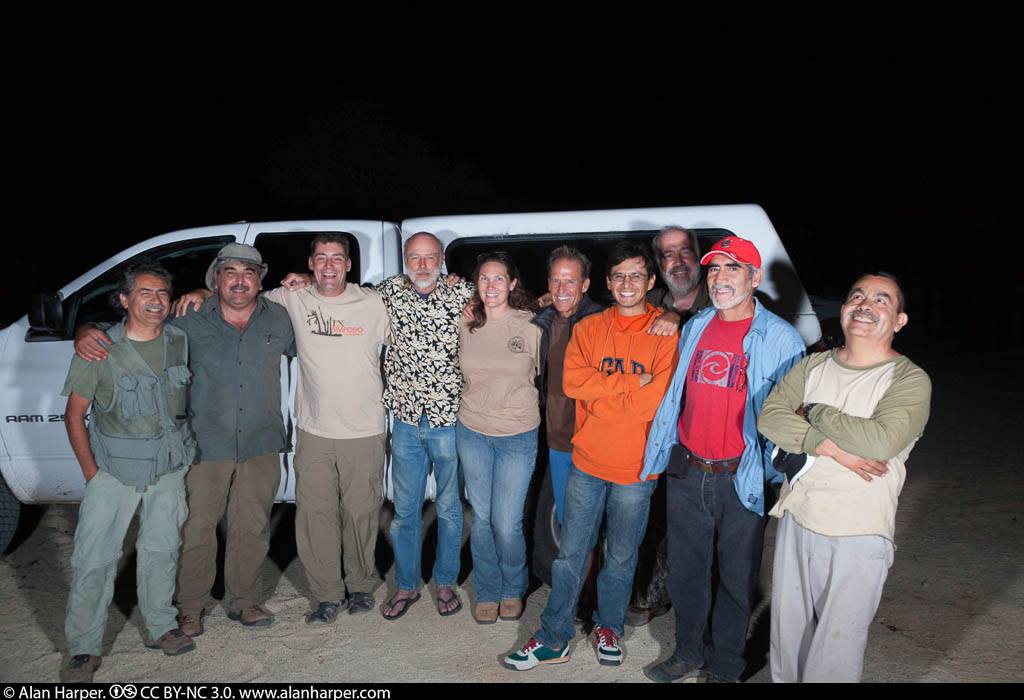
Part II — “Rancho Chivato, Sierra de las Cacachilas” Botany Team Colleagues: Dr. Jon Rebman (SDNHM, San Diego Natural History Museum ) John LaGrange (SDNHM) Dr. Alfonso

Part I—“Bighorn Sheep Habitat, Sierra Tres Virgenes” Colleagues: Dr. Alan Harper, Benjamin Wilder, Rodrigo Rentería Guides and muleteers: Jesus “Chuyito” Arce Ojeda and wife María
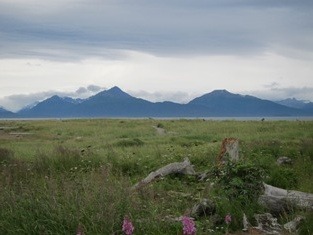
Cold, foreign, and practically inaccessible, I think many people view Alaska as analogous to the end of the earth. There are few that brave the

Traveling to do field research is similar in some ways to our other experiences of travel, but in some ways peculiar. Field researchers are fond
FORT WORTH BOTANIC GARDEN
3220 Botanic Garden Blvd
Fort Worth, Texas 76107
(817) 463-4160
Click here to email us!
BOTANICAL RESEARCH INSTITUTE OF TEXAS
FOLLOW US ON SOCIAL
We respectfully acknowledge that the Fort Worth Botanic Garden is located on traditional lands of Indigenous Peoples. We honor the ancestry, heritage, and gifts of all Indigenous Peoples who were sustained by these lands and give thanks to them. We are grateful that these lands continue to provide enrichment for many people today. [More…]
©2023 Fort Worth Botanic Garden